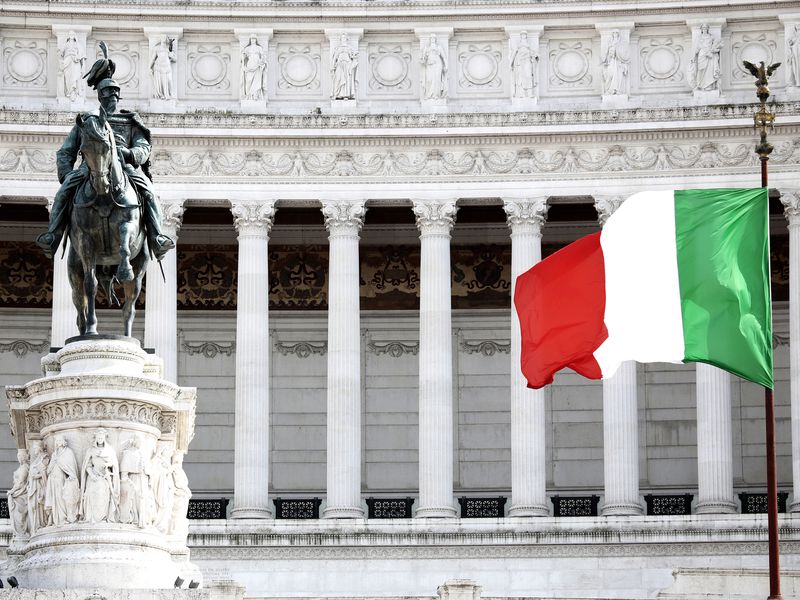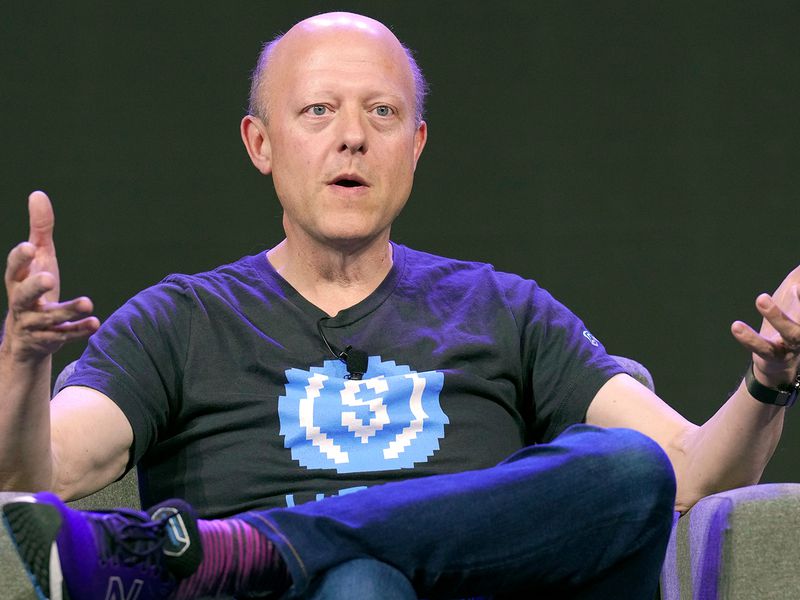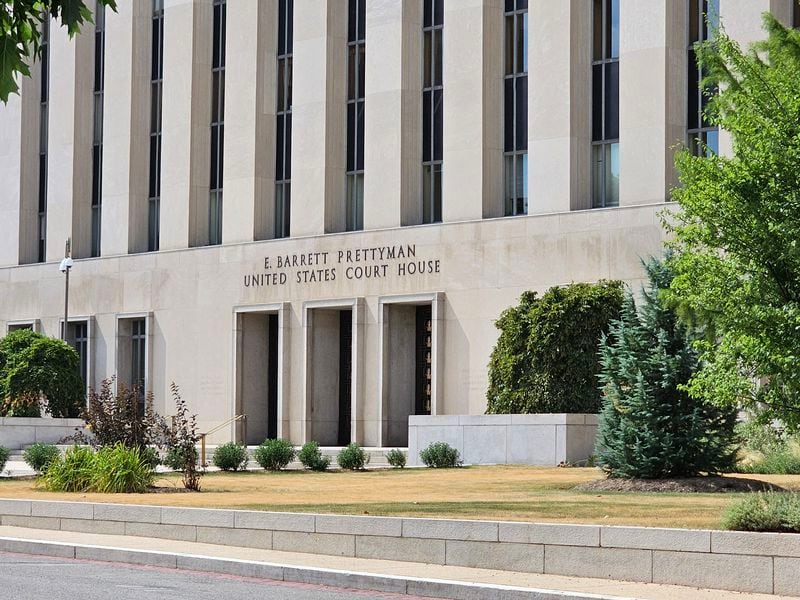Crypto vs. Banks? It’s Not Either-Or for Chainlink, Ripple
-
Ripple won a partial victory against the U.S. Securities and Exchange Commission in July, prompting speculation that more banks might consider XRP for their money-transfer systems.
-
Chainlink has successfully conducted experiments with Swift and dozens of financial institutions.
-
Chainlink and Ripple, along with the crypto firms Fireblocks, R3, Fnality and Zodia Markets, are collaborating with financial institutions to develop infrastructure for digital finance.
The 2008 Bitcoin whitepaper introduced the world to the idea of decentralized blockchains – and the “inherent weaknesses” in payments systems relying “almost exclusively on financial institutions serving as trusted third parties,” as author Satoshi Nakomoto put it.
That’s partly why it’s notable that two of the biggest blockchain firms, Ripple and Chainlink, are now working hand-in-glove with banks and other traditional payments companies to develop what might become the financial infrastructure of the future.
This article is featured in the latest issue of The Protocol, our weekly newsletter exploring the tech behind crypto, one block at a time. Sign up here to get it in your inbox every Wednesday.
The possibility of a hybrid model might challenge the prevailing paradigm where crypto operates in a parallel universe, often detached from the practical world. The reality is that the lines are far more blurred, with not just Chainlink and Ripple but also companies including Fireblocks, R3, Fnality and Zodia Markets explicitly embracing strategies of working cohesively with financial institutions.
“Some people are very anti-establishment in the crypto community and will question on many different levels why there’s any point in dealing with the old guard,” said James Butterfill, head of research at the digital-asset management firm CoinShares.
Ripple, whose CTO David Schwartz was one of the original architects of the XRP Ledger blockchain, says on its website it wants to enable global financial institutions to “move, manage and tokenize value.” The company is renewing its push to be seen as an innovator after winning a partial victory against the U.S. Securities and Exchange Commission in July. The legal case had hung over the company like a Damocles’ sword; the SEC has signaled that it might appeal the decision, though a federal judge has already ruled against that plan.
“Boosted from a partial victory against the SEC, Ripple’s supporters are now hopeful that banks will begin to adopt XRP for cross-border transactions and other services,” Coin Metrics researchers said in July.
Central banks have been looking into central bank digital currencies, and a Bank for International Settlements survey showed that in 2022, some 93% of central banks were engaged in some form of CBDC work. For Ripple, it’s not competition but an opportunity: In May the company started a CBDC platform that will allow central banks to issue their own CBDCs.
In July, the Pacific island of Palau started a stablecoin trial on the XRP ledger. Ripple, which contributes to the ledger, had been providing technical assistance and personnel, and Palau leveraged Ripple’s CBDC platform, a company press release said.
Chainlink, a blockchain data “oracle” that figures large as a source of cryptocurrency price feeds for many decentralized-finance protocols, has broadened its strategy to cooperate with the traditional system via partnerships.
In September 2022, Chainlink announced it was partnering with Swift, an interbank messaging platform, to instruct on-chain token transfers using Chainlink’s Cross-Chain Interoperability Protocol.
In June this year Swift announced it would not only use Chainlink’s CCIP, but also test connecting over a dozen financial institutions to blockchain networks in experiments. The names included traditional-finance heavyweights Depository Trust and Clearing Corporation (DTCC), Australia and New Zealand Banking Group Limited (ANZ), BNP Paribas, BNY Mellon, Citi, Clearstream, Euroclear and Lloyds Banking Group. By August the project had been successfully completed.
Chainlink’s CCIP which, “enables users to programmatically transfer tokens from one blockchain,” went live for early access users in July.
“The real goal here is not only to enable the DeFi (decentralized finance) and public blockchain ecosystem, and it’s not only to enable the banks to interconnect their private chains with each other so that CitiBank chain can talk to BNY Mellon chain, BNY chain can talk to Euroclear chain,” Chainlink co-founder Sergey Nazarov told CoinDesk in an interview in July. “What it actually is, is getting both of those groups to work and transact.”
The integration of Web3 with these financial institutions is what will propel the value of the crypto ecosystem, Nazarov said. “What that would mean for the public blockchain ecosystem is that tens of trillions of dollars in value from banks would finally be able to easily flow into public blockchain applications, which would massively increase the market opportunity,” Nazarov said.
At Chainlink’s annual conference in Spain on Monday Nazarov argued that blockchain technology and oracles could make industries like banking and derivatives more verifiable so users can monitor events easier and choose when to opt in and out of networks.
“Firstly, everyone who’s in the system would know what they’re entering when they do business or put their value in one of these organizations,” he said. “Second, then everyone would know at the same speed as the people in the organization about what’s going on with their values. And third of all, if they didn’t like what they saw, they could leave.”









